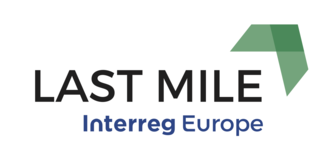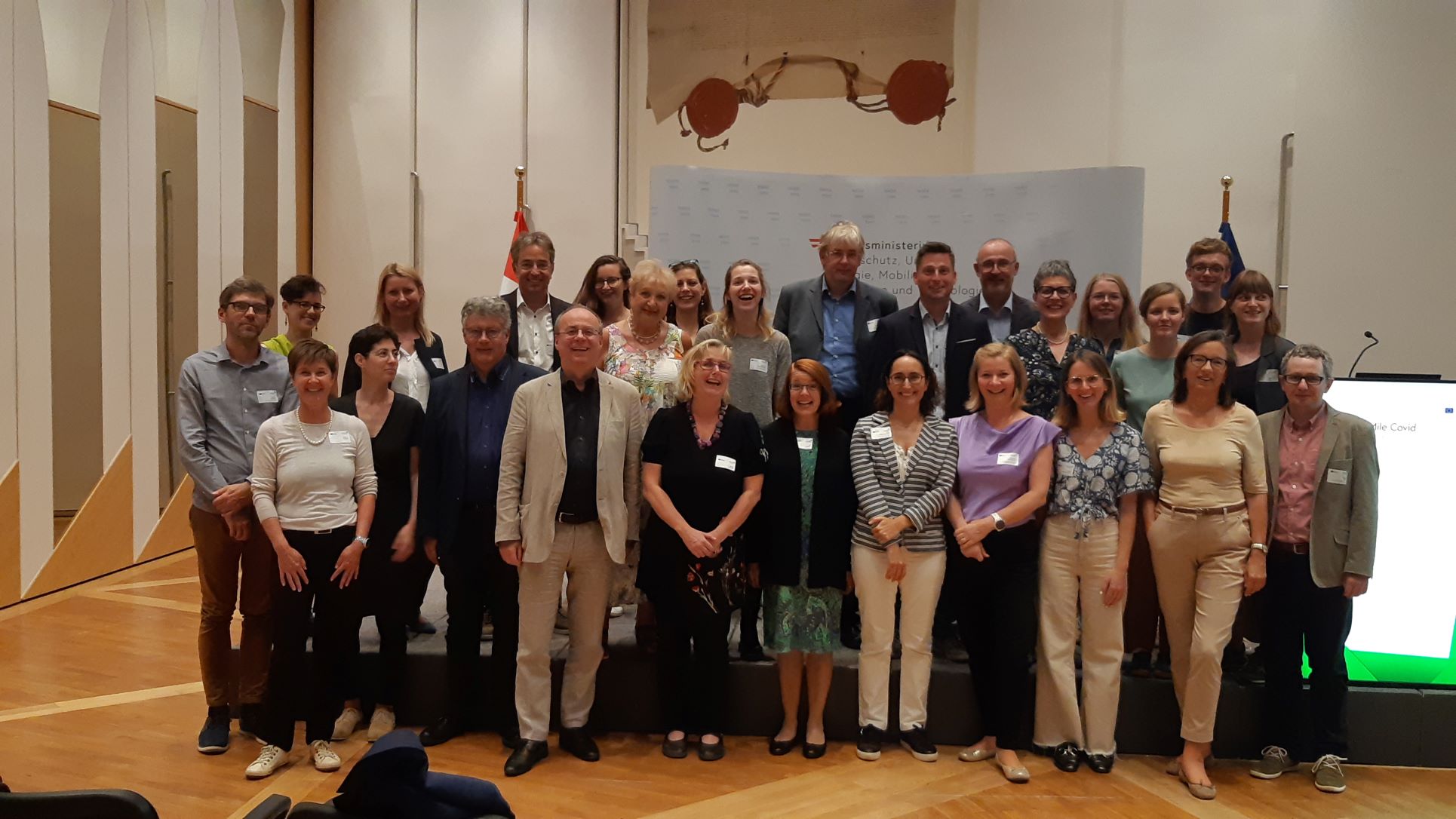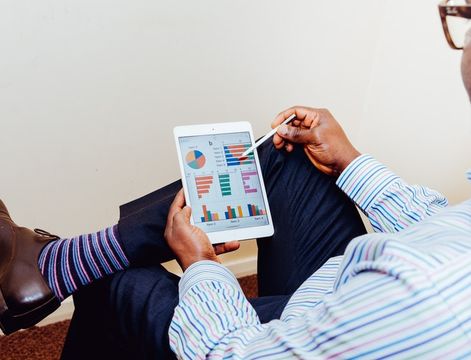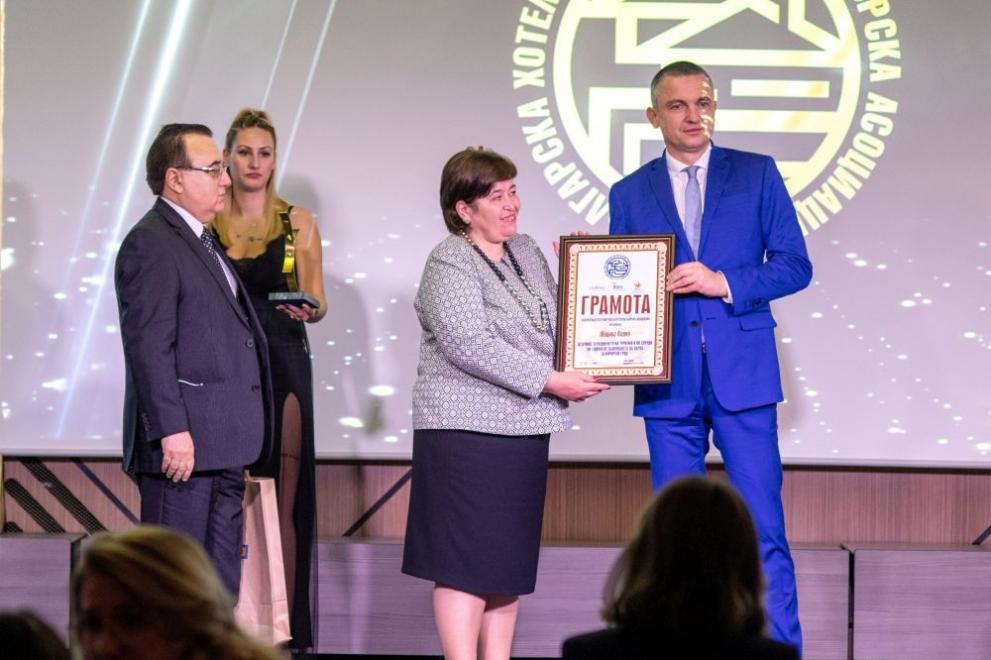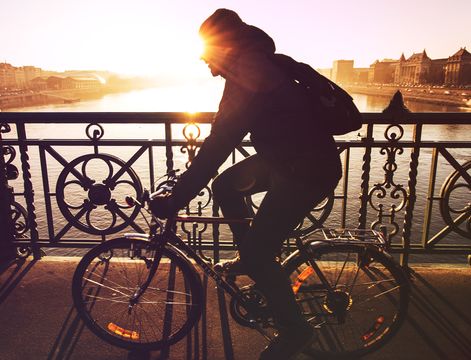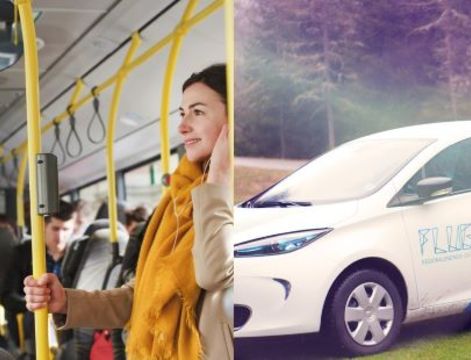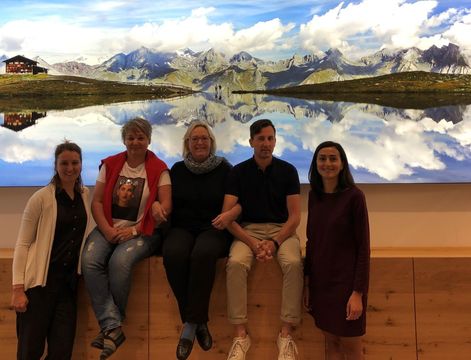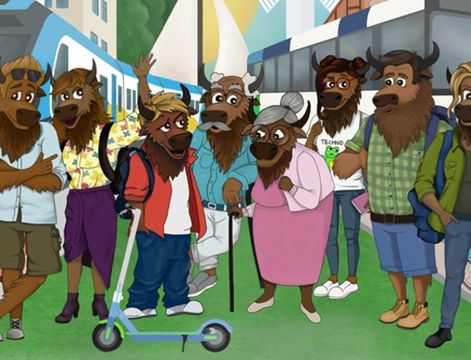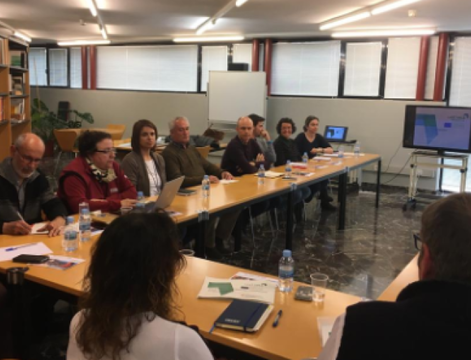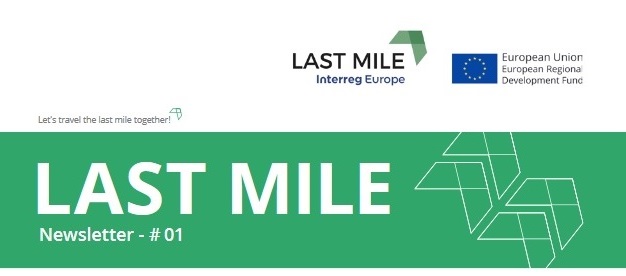On the 5th of April 2022, 6 partners from 5 regions (AT, BG, ES, LU, SK) took part on an interregional online exchange to discuss about the available data concerning the mobility in the different regions and to exchange about the good practices implemented in the regions.
Beginning with an interregional factsheet about the changes of habits in mobility during the COVID-19 crisis, it must be stated that the data availability varies from region to region, so a comparison on all points between all regions is not possible. A first finding is that COVID -19 had a severe impact on mobility and therefore on tourism in all regions, especially in 2020. Fortunately, in 2021 most regions recovered and had pre-pandemic visitor numbers. Three regions even had a rise in local tourism (PP3, PP5, PP6). But tourism is undergoing a transformation which is still noticeable. The trips tend to be shorter, smaller groups of tourists and a decline in organised trips and towards a more local tourism. Not just tourism declined, but mobility in general declined because of travel restrictions. Even if the use of the private car declined, it is primary used. For shorter trips, a switch towards active modes, as cycling or walking, has been observed. Most of the of the regions took advantage of this switch and opened roads for bikes and implemented bike-sharing-systems. However, the use of public transport saw a significant decline of use, with minus 28% in 2020. FTS had a general loss of customers on the demand side and a variation in demand from region to region and even within a region. The digitalization measures which were intended to avoid personal contact will be maintained because it has turned out that they are very useful and an additional service for the guests. But the safety measures are not intended to be maintained.
The exchange on good practices in the region was divided in three topics, infrastructure, digitalization, and communication. A first example for a good practice in infrastructure is the “Ice Express” in PP3 , a direct train connection between the city of Košice and the municipality of Mlynky was implemented to increase the attractiveness of the southern part of the Slovak Paradise. The train was first operated in 2019 by an NGO and was operated from 2020 on by the national railway company. Even if the Ice Express faced a decline in the number of passengers, it was far less than the other trainlines. As the Ice Express is now operated by the national railway company, it is also integrated in the national ticketing service. Since 2021 the funding is provided by the Ministry of Transport, the number of connections doubled and more train stops were implemented. As a result, the number of passengers increased by more than 245%. Not only tourists, also locals started using the Ice Express.
Another good practice on the same topic is the improvement of bus transport coverage in PP5. In response to a significant increase in visitor numbers, mostly from local tourists in summer 2020 the NP adapted the frequencies and introduced a new bus line, thus allowing to make round-trips around the NP.
The new e-ticketing system in PP4 is a first example in the topic digitalization. The e-ticketing was mainly implemented because of COVID-19 to avoid personal contacts. It marks a first time for Bulgaria that an e-ticketing system was implemented, and in 2021 it was even made possible to buy the tickets via a mobile application.
In PP5, giant screens were installed in the entrance at the parc, providing real-time information about the occupancy of the parking lot to reduce emissions from cars which are rotating in circles trying to find a free parking space., as visitors can’t go with their car in the park. To avoid personal contact, an online booking system was introduced.
In PP2, a new app of the e-car-sharing-system flugs was developed making it possible to register without any personal contact. The number of users increased form 136 in May 2020 to 350 in April 2022.
Summing up with the topic communication, PP2 launched a new mobility information platform to provide the guest with all the necessary mobility information before their arrival. This is also the first step to “Mobility as a Service”. After 6 months the website registered already 50.000 visitors. A video has been produced to show potential guest how easy it is to travel to East Tyrol and in East Tyrol in a sustainable way.
In PP6, a publicity campaign for the shuttle service around was launched during the water festival, to make aware of the shuttle and how they work. During the festival, rangers will give explanations during the shuttle trips.
To conclude, often good practice can be assigned to more than one of the three categories (infrastructure, digitalization, or communication). Also, digitalization measures are often linked to communication activities. The main finding is that: “Communication has to be done all time”.
